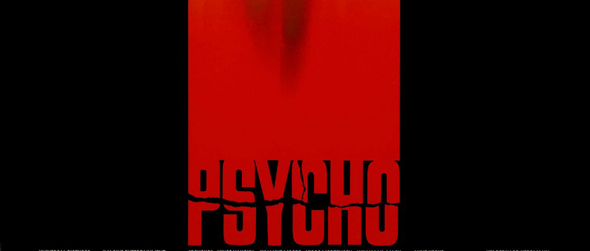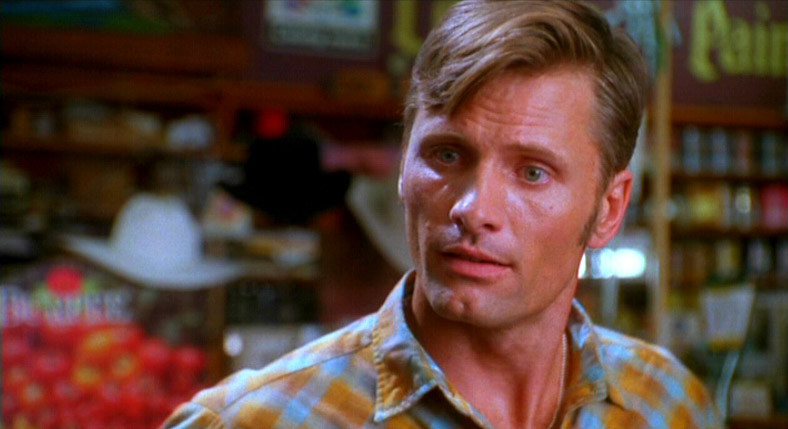

#Psycho 1998 universal studios series
Rebello points out that the original trailer for Psycho was even modelled on Hitchcock’s introductions to Alfred Hitchcock Presents and scripted by James Allardice, who wrote the lead-ins for the television series (27-8). According to Bill Krohn, Hitchcock’s use of two cameras during production was a key reason for using a television crew to shoot Psycho. He frequently used two cameras during production, and while this was a standard practice for television at the time, it was not for cinema. As Rebello points out, Hitchcock financed the film himself and made it at television pace with multiple set-ups (between fourteen and eighteen a day) using some of his regular television collaborators and crew at MCA and Universal-International (26, 28, 84). Hitchcock responded to the complex transitions underway in film production – which manifested as a crisis for the Hollywood studios and a crisis of funding for Hitchcock – by employing production techniques associated with the ‘threat’ itself.
#Psycho 1998 universal studios tv
His solution: to return to black-and-white, to the studio shoot, to low-budget, scaled-down production values and shoot the film like “an expanded episode” of his TV series, Alfred Hitchcock Presents. According to Stephen Rebello, because of Paramount Studio’s reluctance to finance Psycho, Hitchcock began to explore ways in which the film’s budget costs could be trimmed (Paramount merely distributed the final film). The reverence in which Hitchcock’s Psycho is typically held as a ‘timeless,’ enduring classic obscures the fact that the film was made within the Hollywood studio system at a time when the ‘old’ Hollywood cinema was in crisis as a result of the rise of television and of independent film production in America.

The television spectator is an especially important figure in relation to the original 1960 Psycho. For many of us, television was our first repertory theatre, and to television we owe strategies of programming by genre and close analysis based on repetitive viewing. Y generation might owe a certain historical attitude to film to the functioning of broadcast television as a film museum. Rodowick, another child of the generation for whom television programming and broadcasting practices played a central role in shaping and transforming film spectatorship, argues:

The press kit issued by Universal for Gus Van Sant’s controversial 1998 remake of Alfred Hitchcock’s Psycho (USA 1960) points out that, “like many film-watchers of his generation, Van Sant first saw Hitchcock’s Psycho on television.” D.


 0 kommentar(er)
0 kommentar(er)
